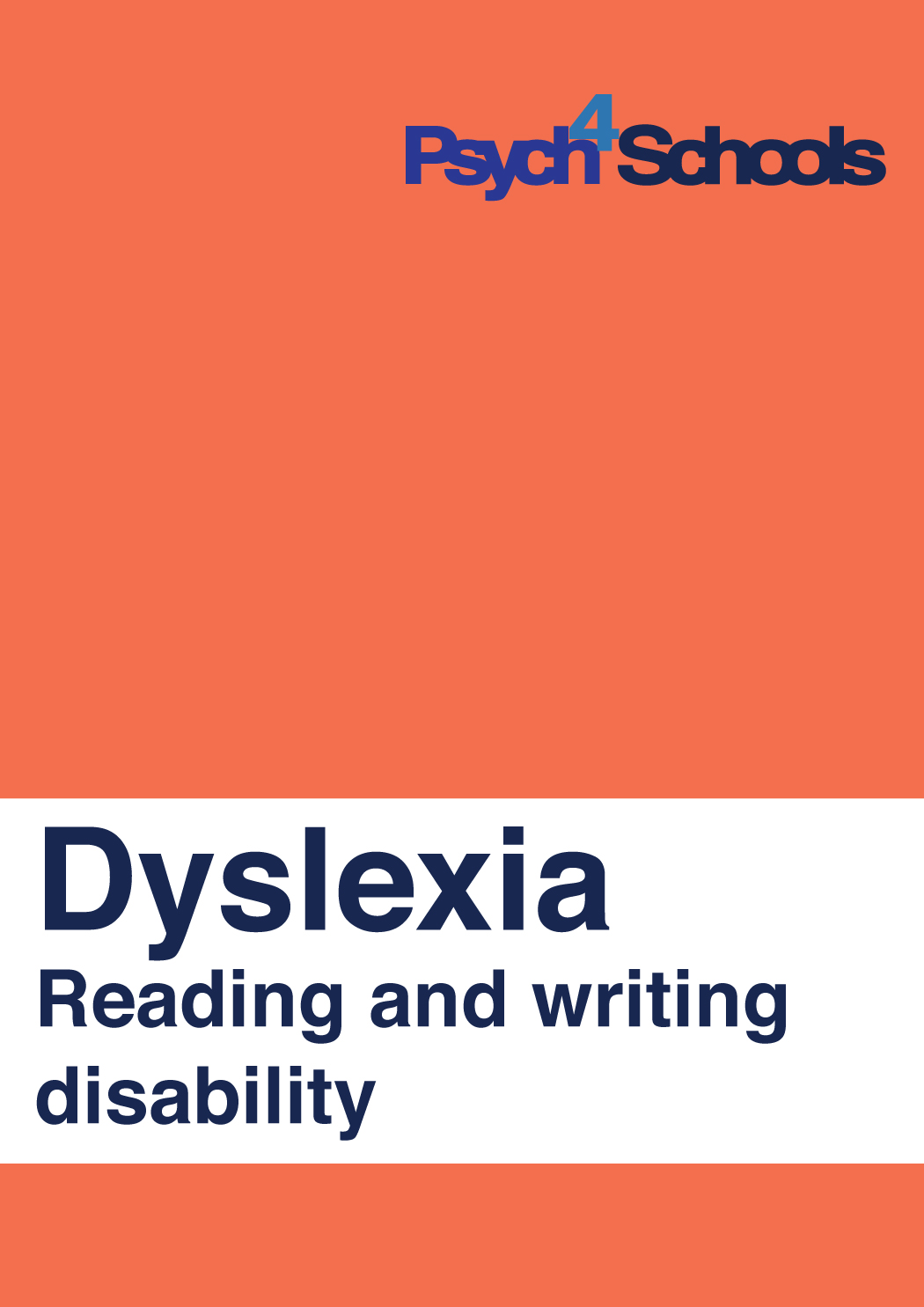Unmotivated and disengaged
The following is an excerpt from the ebooklet Working with children who are unmotivated and disengaged in the classroom by Zoe Ganim and Murray Evely.
Introduction
Children who are motivated to learn generally attend school regularly, do better academically and display pro-social classroom behaviour. Unfortunately, up to 20 per cent of students in any year are described as disengaged. [1] Angus, M., McDonald, T., Ormond, C., Rybarcyk, R., Taylor, A., & Winterton, A. (2009). Trajectories of classroom behaviour and academic … Continue reading Many do not catch up academically in later years. [3] Angus, M., McDonald, T., Ormond, C., Rybarcyk, R., Taylor, A., & Winterton, A. (2009). Trajectories of classroom behaviour and academic … Continue readingUnmotivated children tend to opt out, do the bare minimum required and can be difficult to teach. They are unwilling to participate in class discussions, frequently look bored, tune out, distract others, give up easily on tasks, talk out of turn, arrive late to class, disrupt the flow of classes and have poor attendance. As they get older they are more likely to skip classes, engage in challenging anti-social behaviours,[2] Alter, A., Walker, J., and Lanters, E. (2013). ‘Teachers Perceptions of Student’s Challenging Behaviour and the Impact of Teacher … Continue reading and are more at risk of dropping out of school.
Some students who are disengaged or lacking motivation may hide learning difficulties or giftedness to fit in with peers.
Disengaged students are not necessarily unmotivated to achieve in all subjects. They may be disengaged in one particular class or across several subjects. In other subjects they may be alert and engaged, particularly if topics interest them, have a practical focus, are well resourced or taught by teachers they like. In these cases, they may persist with tasks, engage in class discussions and be active class members.
Student disengagement creates stress for teachers. South Australian classroom research reveals that teachers find low-level disruptive and disengaged student behaviours difficult to manage.[4] Sullivan, A., Johnson, B., Conway, R., Owens, L., and Taddeo, C. (2014). Punish Them or Engage Them? Teachers’ views of unproductive student … Continue reading Such behaviours frequently occur daily.
Motivation in the classroom
Teachers tend to attribute unproductive classroom behaviour to the student and non-school related factors (home life, socio-economic, cultural, religious, health, trauma or personal relationships). Non-school-related factors can be difficult to change quickly. While they undoubtedly influence levels of motivation, they are only one of many issues affecting student engagement in the classroom.
School-related factors are often overlooked by school staff, however these factors often contribute to disengaged behaviours.[5] Maguire, M., Ball, S., & Braun, A. (2010). ‘Behaviour, classroom management and student control: enacting policy in the English secondary … Continue reading Considering whether school-related factors [6] Sullivan, A., Johnson, B., Conway, R., Owens, L., and Taddeo, C. (2014). ‘Punish Them or Engage Them? Teachers’ views of unproductive student … Continue reading impact on motivation can empower teachers to make evidence-based changes to their practice and resources. This can create optimal conditions to promote classroom motivation, foster student engagement and reduce unproductive behaviours.
Various theories of motivation can be applied to educational settings. Self-Determination Theory examines student learning with a focus on two major types of motivation, extrinsic and intrinsic.[7] Ryan, R. M. & Deci, E. L. (2000). ‘Intrinsic and extrinsic motivations: Classic definitions and new directions’. Contemporary Educational … Continue reading
- Extrinsic (external) motivation, is best described as when the student is driven to do something to gain an external reward, for example, good grades, praise, stars, prizes, entry into scholarship or accelerated programs. Accordingly, an extrinsically motivated student is very conscious of relevance.

- Intrinsic (internal) motivation, is being used when the student is driven to do something because it is interesting or rewarding to them. It is driven by internal wishes or desires. Intrinsic motivation is underpinned by the following four psychological needs that combine to motivate individuals to behave in ways that help them learn and grow.

Fostering intrinsic motivation encourages students to be engaged at school over the long term and promotes life-long learning. Rather than focusing on external rewards, it is better to consider how you can facilitate intrinsic motivation in your students.
Extrinsic motivation, however, is not necessarily a bad thing.
Extrinsic rewards for completing work, learning facts, or use of behaviour charts can encourage some students to complete less interesting tasks. However, extrinsic rewards are most effective when used:
- for short periods of time [8] Ryan, R. M. & Deci, E. L. (2000). ‘Intrinsic and extrinsic motivations: Classic definitions and new directions’. Contemporary Educational … Continue reading
- with routine, everyday tasks – they may be detrimental in tasks involving creativity or higher-order thinking[9] Ryan, R. M. & Deci, E. L. (2000). ‘Intrinsic and extrinsic motivations: Classic definitions and new directions’. Contemporary Educational … Continue reading such as reasoning and problem solving
- to stop a problematic behaviour quickly
- to help provide simple rewards or consequences.
Extrinsic motivators can engage students in the short term, to help them develop a sense of mastery in a subject. Over time, a sense of competence and autonomy in the subject may develop, leading to more intrinsic motivation for that subject.[10] Ryan, R. M. & Deci, E. L. (2000). ‘Intrinsic and extrinsic motivations: Classic definitions and new directions’. Contemporary Educational … Continue reading
Why children might be disengaged or lack motivation at school?
Risk factors are listed below for each of the categories of intrinsic motivators that influence children’s motivation and engagement. These are examples of attitudes or perceptions which impede learning.
Poor sense of autonomy (having some control)
- Lacks agency or ownership of content being taught or types of learning activities engaged in
- Perceives an excessive or unreasonable workload
- Is subject to major stressors – caused by issues at school, home, or with friendships
- Is anxious – afraid to make mistakes, suffers from perfectionism, or other anxiety disorders
- Experiences sadness or depression
- Feels major discomfort – tired, hungry, cold, hot, or unwell.
Poor sense of competence (self-belief, feeling capable and experience of mastery)
- Has low expectations for own behavior and academic performance, believing the teacher/school/parents hold similar beliefs
- Does not recognise the role of effort, or perseverance in achieving results
- Tends to focus on the negative – what they did or do wrong
- Has poor problem-solving skills
- Lacks self-confidence – is unwilling to take risks and try new things
- Has learning problems such as:
- Not understanding tasks, finds the work difficult
- Specific learning disorders (diagnosed or undiagnosed)
- Gaps in learning
- Trauma or grief impeding learning
- Lack of access to resources.
Poor sense of relatedness (feeling connected and cared about)
- Does not feel safe, accepted or liked in the classroom or school
- Has little positive social interaction with teachers and/or peers
- Doesn’t like, respect, or feel connected to the teacher
- Believes the teacher lacks enthusiasm and commitment
- Doesn’t like the subject.
Poor sense of relevance (seeing interest, purpose and value)
- Doesn’t see relevance in the content being taught
- Perceives a disconnection between classroom subjects or topics and prior experiences or values
- Is gifted and talented and:
- is bored and under extended
- has learning difficulties
- hides abilities or talents to ‘fit in’.
The section on page 7 suggests strategies to assist classroom teachers and the wider school community to manage and seek to overcome the learning problems faced by children who are disengaged and lack motivation in the classroom.
When to seek further assistance
Everyone experiences periods when they do not feel motivated. It is a cause for concern when the child’s disengagement or lack of motivation is beginning to interfere with their schoolwork, and/or their social interactions, and has been obvious for more than a few weeks.
If this is the case, professional help from a psychologist, or referral for a learning difficulties assessment may be warranted. For further information on supporting the child who is suspected of having learning difficulties, see the Psych4Schools ebooklet Working with children with learning disabilities.
Strategies to support the child who is disengaged and lacks motivation
There are several preliminary strategies you can do such as talking to previous teachers and parents about the child, reviewing attendance data, and continuing to build your own capacity as a teacher.
Structure your lessons to increase engagement
- Set a clear consistent routine in your lessons to create predictability and reduce the cognitive load on the child. Don’t forget to include fun.
- Refer to a daily displayed timetable to help students understand the flow of the day, and ensuring there is something to look forward to.
- Use WALT (What Are we Learning Today). Be specific and explicit about what you are teaching, to assist in finding a ‘lever’ to engage the child. Students will be more engaged if they can see how the learning is relevant to them, how it incorporates or builds on something they have already learned, or how it is a higher skill they need to learn.
- Set high, but achievable, expectations according to each child’s personal best. Assist students to list supports or strategies they can use if they need assistance, and demonstrate confidence that each child can meet expectations related to their personal best.
Click here to read copyright details, summary of the licence and terms and conditions to use and reproduce our digital materials granted to authorised users.
No part of this excerpt may be reproduced or reprinted without permission from the publisher.
References
This article is an excerpt from the ebooklet Unmotivated and disengaged in the classroom.
Download the complete ebooklet for full access to strategies and resources, including:
- Preliminary strategies
- Talk to previous teachers and review attendance data
- Talk to parents
- Build your capacity as a teacher
- Whole-class strategies
- How do you present as a teacher?
- Build strong trusting relationships
- Create a well-resourced classroom
- Structure your lessons to increase engagement
- Check that students understand the task
- Empower students to have greater ownership of learning
- Ensure that homework and assignments are fair and accessible
- Use a variety of teaching styles
- Effectively manage low-level disruptive behaviours
- Whole-school strategies
- Build a culture of learning and engagement
- Additional strategies
- Investigate possible reasons for lack of motivation
- Build self-belief and persistence
- Build social skills if the child has friendship difficulties
- Resources
- Appendix 1: What to do if you find it difficult to like a particular child





